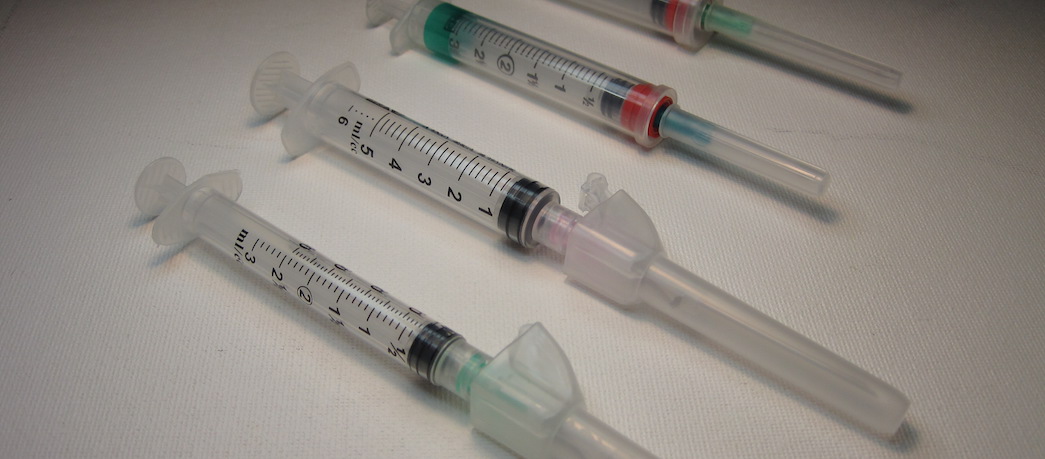The trouble with Ostarine: Jimmy Wallhead’s
16th March 2018
Features


A documentary screened by France Télévisions’ France 2 channel showed how by using micro-dosing, athletes can benefit from doping while remaining undetected under the Athlete Biological Passport (ABP), however the programme’s conclusions have been criticised by the World Anti-Doping Agency (WADA), which operates the ABP. The programme aired at 5:25pm on France 2’s sports magazine show Stade 2 on Sunday 3 May, and was carried out by Pierre Sallet, Director General of Athletes for Transparency and a Doctor of Physiology.
It is understood that eight amateur athletes were given VO2 max testing before undergoing a 29-day doping programme. This measures the maximum amount of oxygen consumption by an individual during incremental exercise – i.e. exercise that increases in intensity over time. They also had to perform a 14km time trial on a static bike, and were timed on a 3,000m run.
During the 29 days, the athletes were given micro doses of erythropoietin (EPO) and other substances. They were then asked to repeat all three tests. In the VO2 max test, an average improvement of 6.1% was recorded, whilst an average gain of 2.1% was reported in the bike time trial. In the 3,000m run, an average improvement of 2.8% was recorded.
WADA clarified that although it had made the ABP software available to the makers of the programme, it had not endorsed the study. ‘In commenting on any study, it is first important that the findings are properly peer reviewed and published’, read a WADA statement. ‘This has not yet taken place with this study. Furthermore, WADA does not ever recommend athletes take part as “human guinea pigs” in a study in which they would be subject to taking performance enhancing drugs.’
“The study does not accurately follow the Athlete Biological Passport guidelines, and therefore its relevance to the ABP is not entirely clear”, said WADA Director General David Howman in the statement, however he didn’t expand on exactly how the documentary had failed to follow the guidelines. A 2011 study, published in the European Journal of Applied Physiology, reported similar findings to those reported in the French television programme. It showed a 10% increase in total haemoglobin mass within ten subjects, but the ABP software in use at the time didn’t flag any of the subject’s samples as suspicious.
In November 2013, WADA approved an improved fourth version of the ABP operating guidelines, which introduced the ‘steroidal module’. From 1 January 2014, this has been monitoring selected urinary steroid concentrations over time in order to detect steroid doping. There is more information about the improvements that this has made to the ABP here.
David Howman, former Director General of the World Anti-Doping Agency (WADA), has cast doubt on...
As you know the cyber espionage group ‘Fancy Bear’ has been releasing batches of confidential athlete...
A further publication of data illegally obtained from the World Anti-Doping Agency’s (WADA) Anti-Doping Administration...